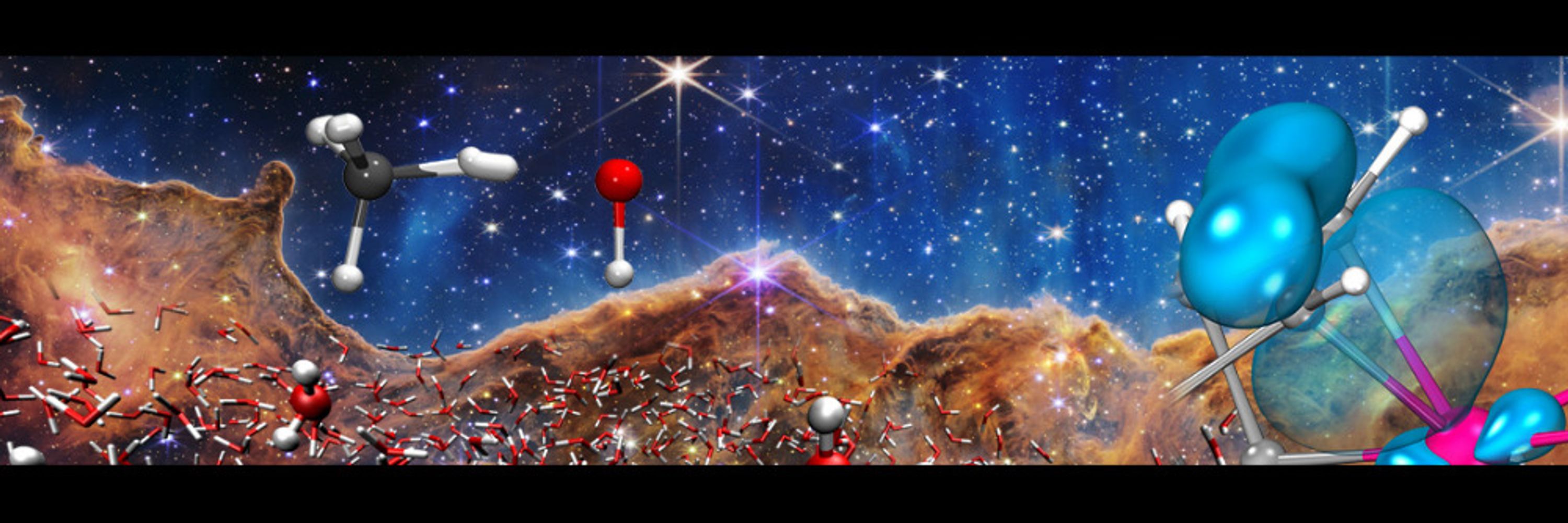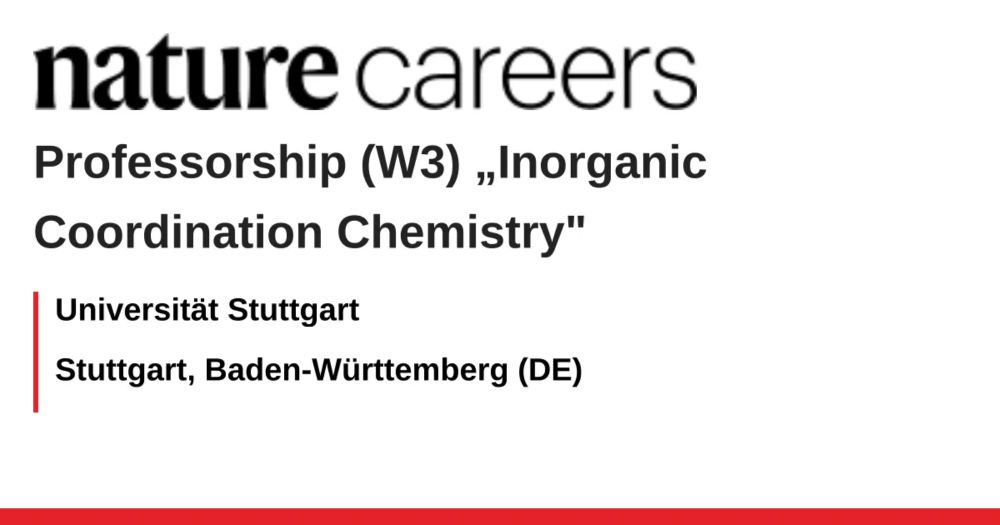
https://www.uni-stuttgart.de/theochem/kaestner



“Exploring cation-induced changes #CO2reduction on Au using advanced computational approaches”
➡️ More: 🔗 bit.ly/3E3wTZg

Über 60 dt. Hochschulen & Forschungsinstitutionen haben heute ihren Ausstieg bei X bekanntgegeben, s.u. #eXit
X sei nicht mehr vereinbar mit ihren Grundwerten: „Weltoffenheit, wissenschaftliche Integrität, Transparenz und demokratischer Diskurs.“
Liste der Beteiligten hier:

Über 60 dt. Hochschulen & Forschungsinstitutionen haben heute ihren Ausstieg bei X bekanntgegeben, s.u. #eXit
X sei nicht mehr vereinbar mit ihren Grundwerten: „Weltoffenheit, wissenschaftliche Integrität, Transparenz und demokratischer Diskurs.“
Liste der Beteiligten hier:
on receiving the 2025 Gottfried Wilhelm Leibniz Prize!
What an outstanding achievement!
▶️More info here: 🔗https://bit.ly/4gwYC2o
#womeninstem #womeninscience #sfb1333

on receiving the 2025 Gottfried Wilhelm Leibniz Prize!
What an outstanding achievement!
▶️More info here: 🔗https://bit.ly/4gwYC2o
#womeninstem #womeninscience #sfb1333

As our first post/tweet here, we would like to make you aware of the approaching closing date (6th Jan 25) for a professorship of coordination chemistry at our institute of inorganic chemistry in Stuttgart!
www.nature.com/naturecareer...

As our first post/tweet here, we would like to make you aware of the approaching closing date (6th Jan 25) for a professorship of coordination chemistry at our institute of inorganic chemistry in Stuttgart!
www.nature.com/naturecareer...
for a talk at our institute today! We look forward to intensive discussions.
for a talk at our institute today! We look forward to intensive discussions.




Katrin Gugeler and Alex Beck from my group and, of course, our excellent experimental cooperation partners, we now understand it 🧪⚗️💻. Recently out in JACS pubs.acs.org/doi/10.1021/...
Katrin Gugeler and Alex Beck from my group and, of course, our excellent experimental cooperation partners, we now understand it 🧪⚗️💻. Recently out in JACS pubs.acs.org/doi/10.1021/...

